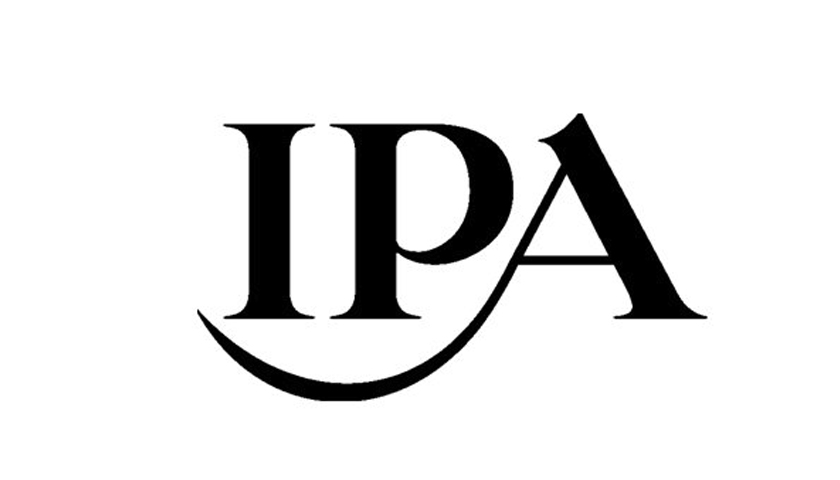In a snapshot poll of 26 of the IPA’s highest-earning agencies, the IPA has learned that 100% are operating with flexible working arrangements, with almost two-thirds favouring a ‘two days a week in the office’ approach.
The findings from the 26 agencies that were consulted by the IPA in April 2022 can be broadly split into four groups: those agencies who ask staff to be in the office two days a week; those in the office three days a week; those in 50% of the time; and those with a fully flexible approach.
Two days a week in the office – 16/26 (62%)
Most of those in this group take a reasonably flexible approach to which days of the week are spent in the office, leaving the decision up to teams. Many have a single anchor day either dictated at a team level or by the company with the second day being more flexible. The two days in the week were mostly across Tuesday – Thursday.
Three days a week in the office – 6/26 (23%)
If the three days are mandated then this was generally Tuesday-Thursday. Most still include a mandatory anchor day either defined by teams or the company.
This policy is often internally positioned as the company wanting people to spend the ‘majority’ of their time in the office.
The term ‘flexible’ is still very prominent in these policies to a greater or lesser extent depending on how strict the specific days of the week required in the office are.
50/50 approach 2/26 (8%)
Two member agencies specifically quoted a 50/50 model.
One agency positions this internally as a monthly calculation equating to 10 days a month in the office. These days are flexible and arranged by team. There is additional flexibility built in for people’s differing circumstances.
The other agency positions this policy as working two days in the office one week and three days in the office the next. Once again days are team specific and not mandated by the organisation.
Fully Flexible 2/26 (8%)
Two member agencies claimed to be operating a fully flexible approach.
One agency leaves the decision completely up to individual teams with no mandated company policy.
The other agency also leaves the practicalities up to individual teams. They are finding the busiest days in the office are Tuesday to Thursday and believe most teams are in the office for three days a week.
Says Paul Bainsfair, Director General, IPA: “As we know, the pandemic forced us to accelerate our approach to flexible working. We are all still navigating this path and each agency has their own distinctive brand and their own way of doing things that works best for them. From these findings, it seems that agencies have realised that we don’t come apart when we’re apart and equally when we come together we come alive. The balance flexible working allows can be the best of both worlds. It helps us to meet commercial objectives and achieve creative breakthroughs while also helping to sustain our mental health.”
Interacting ‘in real life’ helps our junior staff to develop; can ease the potential loneliness of working at home, and creates sparks. While being out of the office allows us to get our heads down in our own space and in more of our own time.
This latest poll was asked in order to update the data collected during the 2021 IPA Agency Census that took a measure as of 1 September 2021 where the following data was reported:
Post Covid-19 working practices
As agencies re-open their offices after the Covid-19 pandemic, over 85% of agencies indicated that post-Covid-19 restrictions they would be adopting a hybrid approach to working. Only one agency indicated that they would be expecting their employees to return to their desks for five days a week.
Just over a third of agencies (35.0%) indicated that post-Covid-19 restrictions they would be adopting a two-days remote/three-days office model for their workers, while a further 31.1% indicated that they would be adopting a three-days remote/two-days office model, 14.6% a fully flexible approach, and 1.9% a one-day remote/four-days office model.
- Full time – everyone in all the time 1.0%
- Generally, for most 1 day remote/4 office 1.9%
- Generally, for most 2 days remote/3 office 35.0%
- Generally, for most 3 days remote/2 office 31.1%
- Generally, for most 4 days remote/1 office 2.9%
- We are intending to continue with a fully flexible approach 14.6%
- We have not finalised our plans yet 13.6%
- Total 100%
Base: Agencies providing detail of post Covid-19 working plans


